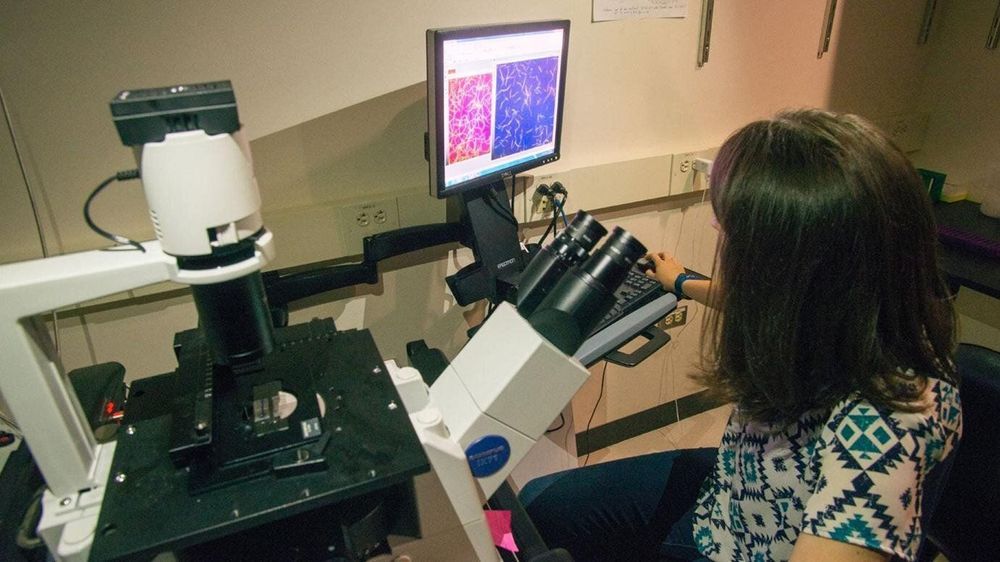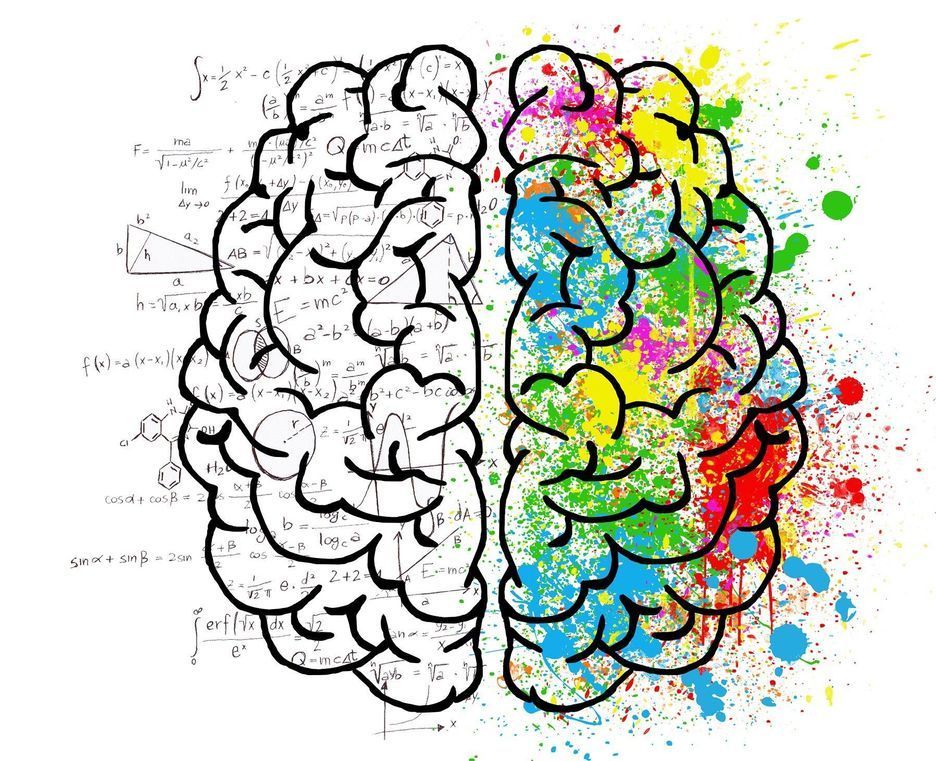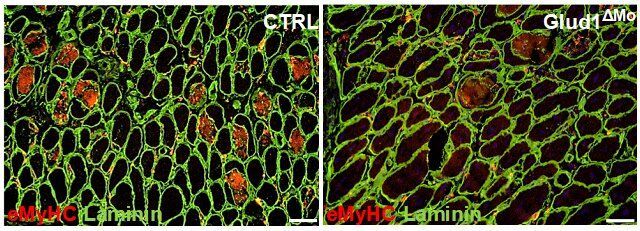BOSTON (AP) — Federal agencies warned that cybercriminals are unleashing a wave of data-scrambling extortion attempts against the U.S. healthcare system designed to lock up hospital information systems, which could hurt patient care just as nationwide cases of COVID-19 are spiking.
In a joint alert Wednesday, the FBI and two federal agencies warned that they had “credible information of an increased and imminent cybercrime threat to U.S. hospitals and healthcare providers.” The alert said malicious groups are targeting the sector with attacks that produce “data theft and disruption of healthcare services.”
The cyberattacks involve ransomware, which scrambles data into gibberish that can only be unlocked with software keys provided once targets pay up. Independent security experts say it has already hobbled at least five U.S. hospitals this week, and could potentially impact hundreds more.









